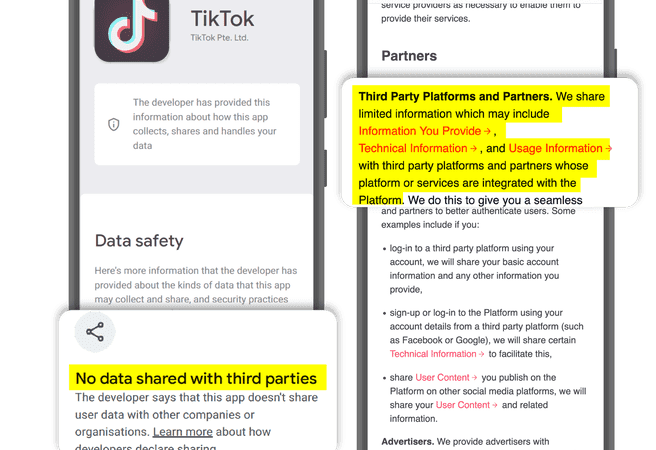
The biggest challenge many companies currently face is how to protect their hybrid and multi-cloud environments from potential threats.
The use of public clouds is now growing rapidly, and this is undoubtedly a hot topic today. Research institutions predict that by 2020, the global public cloud market size will be nearly $ 300 billion, an increase of more than 10% compared to last year. This even exceeded the forecast released by research firm Gartner last year. Faced with such rapid growth, enterprises face many potential issues when managing hybrid or multi-cloud environments. For example, many enterprises lack employees with extensive knowledge and experience in cloud computing, which increases the complexity of deploying cloud computing.
But perhaps the biggest challenge facing businesses is how to protect these mixed and multi-cloud environments from potential threats. Many may argue that security is the main challenge associated with cloud computing as cyber threats increase and regulations become more stringent. With the continuous development of the cloud computing environment, in the long run, the only way to develop business is to formulate the correct security strategy around the cloud computing environment.
Traditional defense no longer works
Today’s cloud computing networks are also very fragile. Large-scale digital transformation has made traditional cyber defense obsolete. In this new world, corporate employees want to be able to collaborate and access resources almost anywhere, from any device, without any negative impact on their productivity. Its security coverage no longer covers only the local network, and now extends to a large number of cloud computing applications for business-critical workloads.
For example, corporate employees use unmanaged devices to access corporate resources or collaborate and interact with customers while traveling. More and more employees working remotely are beginning to consider using unmanaged devices. Today’s enterprises operate under the protection of services and endpoints managed by public cloud providers, employee-owned devices, and web-enabled smart devices, and traditional security models cannot work in this environment.
Shared responsibility model
Many cloud computing providers are only responsible for the security of the cloud computing platforms they provide. Therefore, it is the customer’s responsibility to protect their applications and data in their cloud platform. According to Gartner’s forecast, by 2022, more than 95% of cloud computing security failures will be the fault of customers, and this situation is worrying.
The introduction of any cloud computing service will affect the dynamics of this shared responsibility model. For operations and security teams, it will be a huge problem to assume new roles and responsibilities under changing circumstances. IT security personnel You need to find different ways to protect new workloads.
Don’t rely on cloud computing providers for security
Cloud computing providers do provide security solutions, but their security solutions are limited and proprietary to the platform and cannot be integrated with existing on-premise security technologies and strategies, or even the security tools of other cloud platforms.
Unfortunately, many businesses that rely on cloud computing services don’t see the need to protect their data and applications. Enterprises should not rely on their cloud computing providers to protect their data, nor should they rely on them to provide appropriate disaster recovery (DR) plans. Much data indicates that many businesses have failed to secure access to their cloud data and plan for disaster recovery (DR). If you rely on cloud computing providers to protect your data, you may be in trouble. Many businesses still face significant downtime risks due to failures, errors, interruptions, or security attacks.
Traditional security is not designed for cloud computing
In the “2019 Cloud Security Report” published by the security research agency Cybersecurity Insiders, 66% of respondents said that traditional security solutions either simply cannot run in cloud computing environments or have limited functionality. In traditional environments, employees and solutions are deployed based on on-premises data centers, but now irreversible changes have occurred.
More and more enterprises are migrating key applications and data to cloud platforms. Security measures can no longer solve security problems. Dynamic, scalable, and distributed multi-cloud environments require new strategies and a thorough rethink before users lose all trust, and security becomes a major issue.
Loss of visibility and control
Historically, firewalls have promoted secure connections between different networks. It is deployed to create a trust boundary between networks and to serve as a logical security control point to protect corporate networks, data, users, and devices. So, for example, network traffic from remote workers is transmitted through this single control point, enabling consistent control and established trust boundaries. Hybrid cloud and multi-cloud environments introduce more interconnected networks and no longer have a single boundary or control point. More and more companies are losing visibility and control, and lacking understanding of users and data. In this case, it is difficult to know which communications were conducted or whether a data breach occurred. Unfortunately, it is too late to discover this, and we cannot respond in time and mitigate the threat.
Bring hope
There is no doubt that security remains a fundamental obstacle to the widespread adoption of cloud computing in enterprises. As the threat landscape becomes more and more complex, it is essential that companies prepare for or enhance their business’ migration to cloud platforms by adopting evolving security strategies.
Although traditional security methods cannot adapt to the dynamic nature of cloud computing, industry players have responded by providing more advanced threat protection and security solutions to protect cloud computing networks, data, and applications from the latest generation of cyber threats s attack. To this end, companies need a comprehensive solution that integrates with the widest range of cloud platforms and cloud-based applications.











